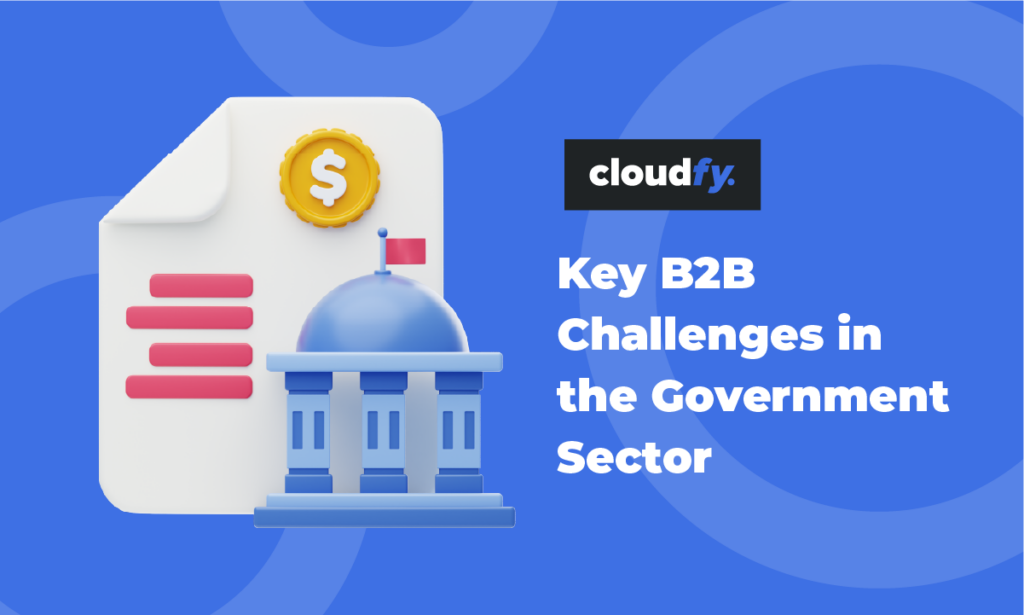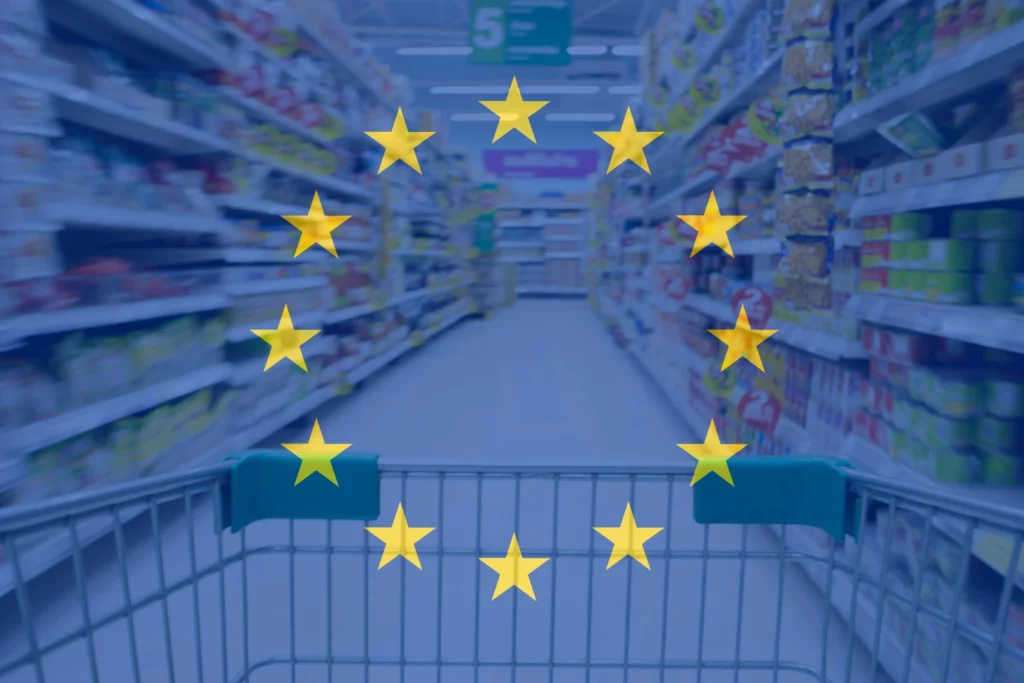The need to keep supply chains moving has made business to business (B2B) ecommerce more
important than ever to mitigate the impact of COVID-19.
Forward-thinking companies that are already planning for a post COVID-19 recovery might still be struggling to find firm information on which to build, but their strategic thinking is already well-advanced.
Looking to the future
McKinsey’s August 2020 global B2B Decision-Maker Pulse Survey (conducted in April 2020) involved over 3,700 respondents with responsibility for B2B purchases or sales.
While more than four out of 10 thought that the economy would start to recover in two or three months, the majority were expecting a slower recovery taking six to 12 months or longer.
Research suggests companies will be more likely to see long-term success during the economic downturn that will follow the COVID-19 outbreak if they are already planning how to capture market share, rather than waiting for recovery to begin. Agility and a focus on customer value and support will give some B2B companies an advantage and make them even stronger in a post COVID-19 world.
New B2B strategies
What will be the most important aspects of a successful recovery for B2B companies?
During social distancing, there has been a major shift away from in-person sales and events which could be permanent. Digital and remote sales will play an important part in strategies to find new opportunities quickly, to create new models of operation and to take an agile approach to product innovation and customer engagement.
Integration between ERP systems and every customer touch-point will provide an invaluable resource of near real-time data about buyer behavior, helping to improve customer service.
Identifying B2B growth opportunities
COVID-19 has changed demand across sectors, making traditional forecasting inaccurate. Economic predictions for the next few years will have a much greater margin of error and will vary dramatically across countries and regions.
With this level of uncertainty, B2B companies must be prepared to respond quickly to changing buyer behavior and product demand.
From the beginning of the COVID-19 outbreak we have seen that new opportunities and fast-growing new markets have emerged for businesses ready to take advantage of them. B2B companies can review how demand might change, based on the first tentative steps beyond COVID-19. Determining which market segments are likely to recover first will be an important indicator.
Being ready to respond
Once you have identified opportunities you will need to move quickly and your ecommerce platform will play an important role.
By planning how you can minimize friction in the buying process you will help your sales, marketing and customer services teams to be ready to respond. By providing efficient and effective self-service tools and seamless cross-channel support you will improve your opportunities to secure sales.
The McKinsey survey showed that buyers saw increasing value in supplier websites, with online materials and live chats being rated as valuable resources. Effective digital channels will help B2B companies increase customer loyalty and reduce sales costs. In fact, two thirds of businesses said that their new COVID-19 models of customer service were equally or more effective and eight out of 10 said they were likely to keep them in place for 12 months or more.
Building on new opportunities
Buyer expectations remain high and some B2B companies are embracing the changes they have made, using experienced telephone sales professionals to share transferable skills with field representatives now working from home or on-site. Without sales and trade events, others are opening virtual showrooms to engage with customers.
To make successful transitions to new approaches, businesses will need to understand the new perspectives of their customers and understand how they can best meet their needs. New roles and functions might need to be created in response and, of course, customers will need to know how to access these new channels.
Ecommerce growth
B2B ecommerce accounted for over $1trillion of sales in 2018 and has increased by more than 20% since the COVID-19 pandemic started.
Organizations that make digital sales a central part of their strategy for the future could see revenue growth increasing five-fold, a 30% improvement in acquisition efficiency, and reductions in the cost of sales of 40 to 60%.
New products for a new market
While it might be tempting to delay product development in uncertain times to save money, minimize risk, and maintain the core business, new opportunities can be accessed by investing in innovation.
Recognizing changing customer needs and being ready to meet them provides real competitive advantage. During the pandemic, B2B companies have had unique opportunities to create new products, and to modify or upgrade existing products to meet market demand. For example, one financial-services and mobile-payment company made modifications to support touch-less payments and to disable signature requirements to for no-contact ecommerce transactions.
Preparing for a digital future
B2B companies across all sectors will be dealing with challenges following COVID-19 for a long time. While it might be tempting to focus on short-term survival, organizations that look ahead and plan for recovery will be more resilient.
Taking this important step first could give you an early advantage that your competitors will find difficult to match.
Choosing the right B2B ecommerce platform
If you are at the beginning of your strategic B2B ecommerce journey, choosing the right B2B ecommerce platform is critical. You need to be confident that it will:
- be a good fit for your overall business strategy post COVID-19
- integrate with existing business systems, allowing you to realize cost and efficiency savings
- meet your buyers’ needs
- be future proof.
Choosing a software as a service (SaaS) solution like Cloudfy will meet all these requirements. Not only will it support a strategic approach to customer service, it will also drive new business acquisition, increased revenue and improved performance.
Because your
platform is hosted and maintained in the Cloud you will have powerful ecommerce functionality available immediately, straight out of the box. You’ll need much less development time, so you can launch your site in weeks rather than months. An easy user interface and pre-built themes mean you don’t even need to have your own IT and marketing teams.
With updates delivered regularly in the Cloud you can also be confident that your solution is always at the leading edge of technology and can grow with your business.
If you would like to know more about how Cloudfy can help your B2B business meet the demands of a post COVID-19 world, book a free demonstration.






